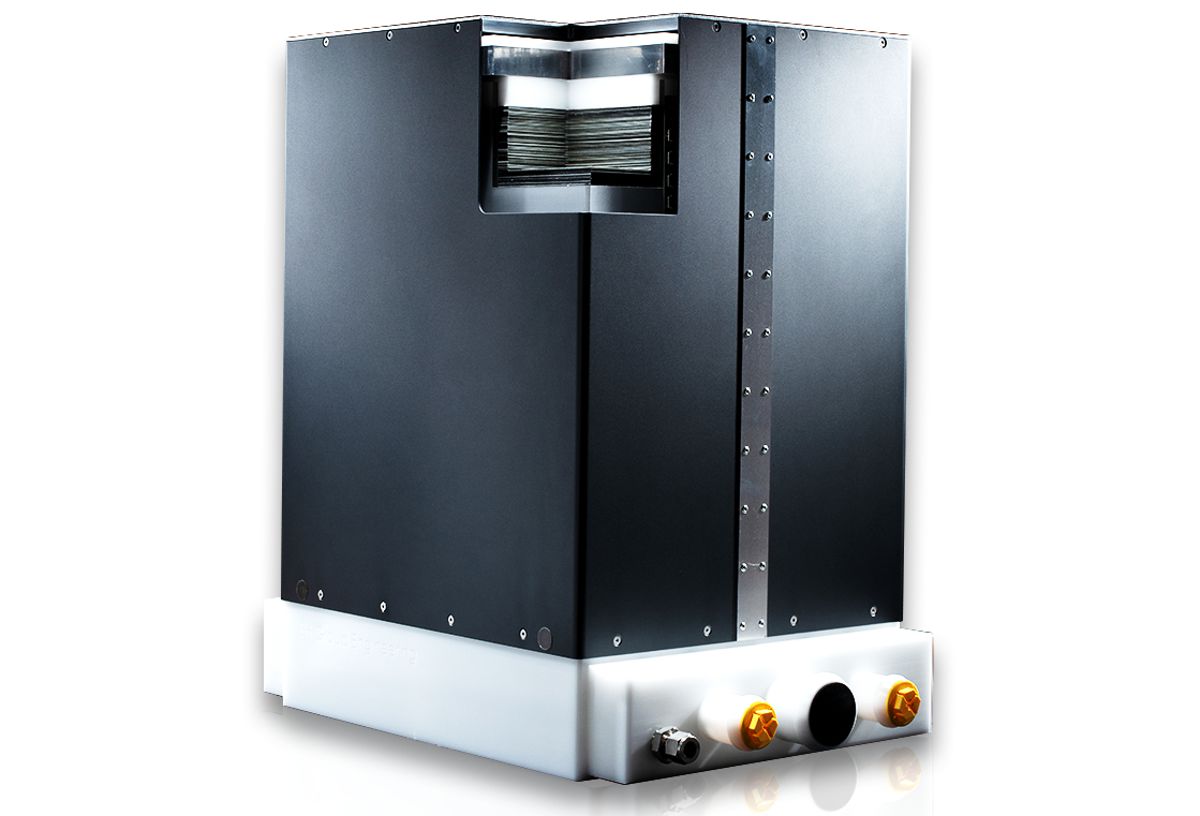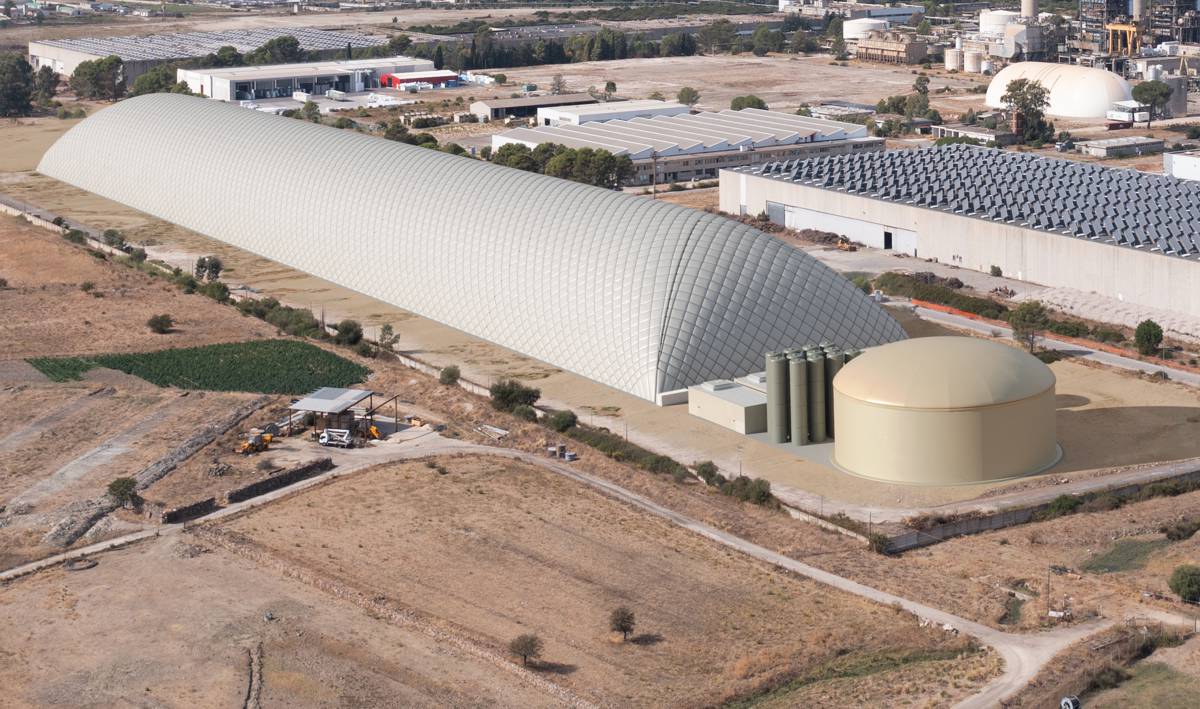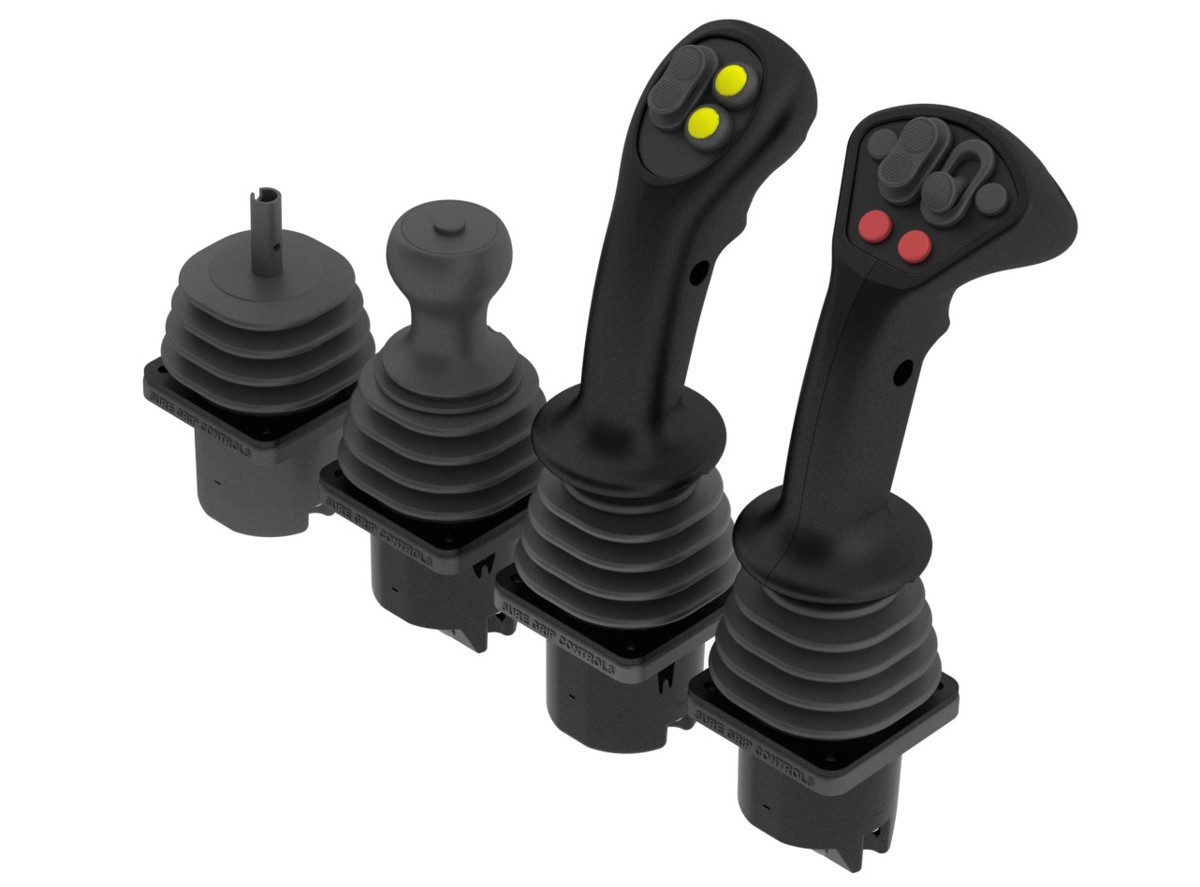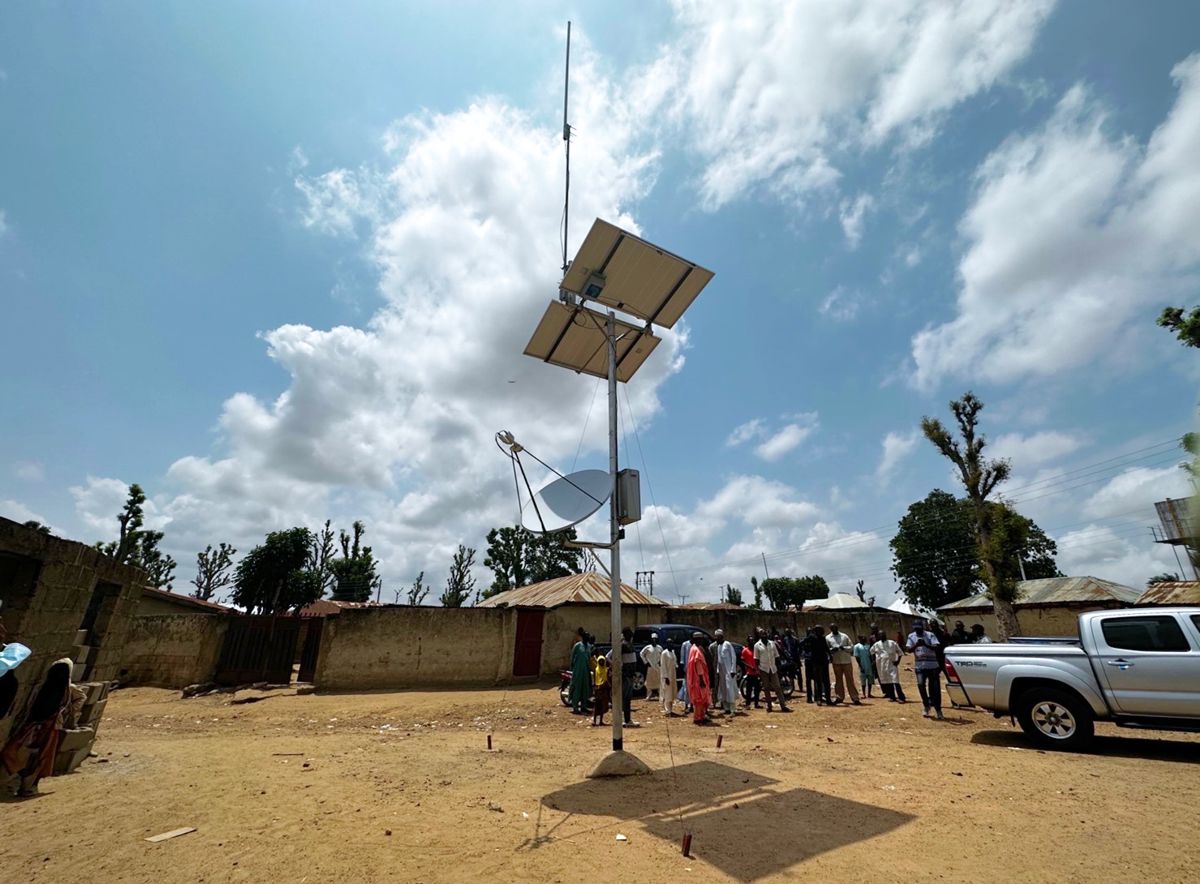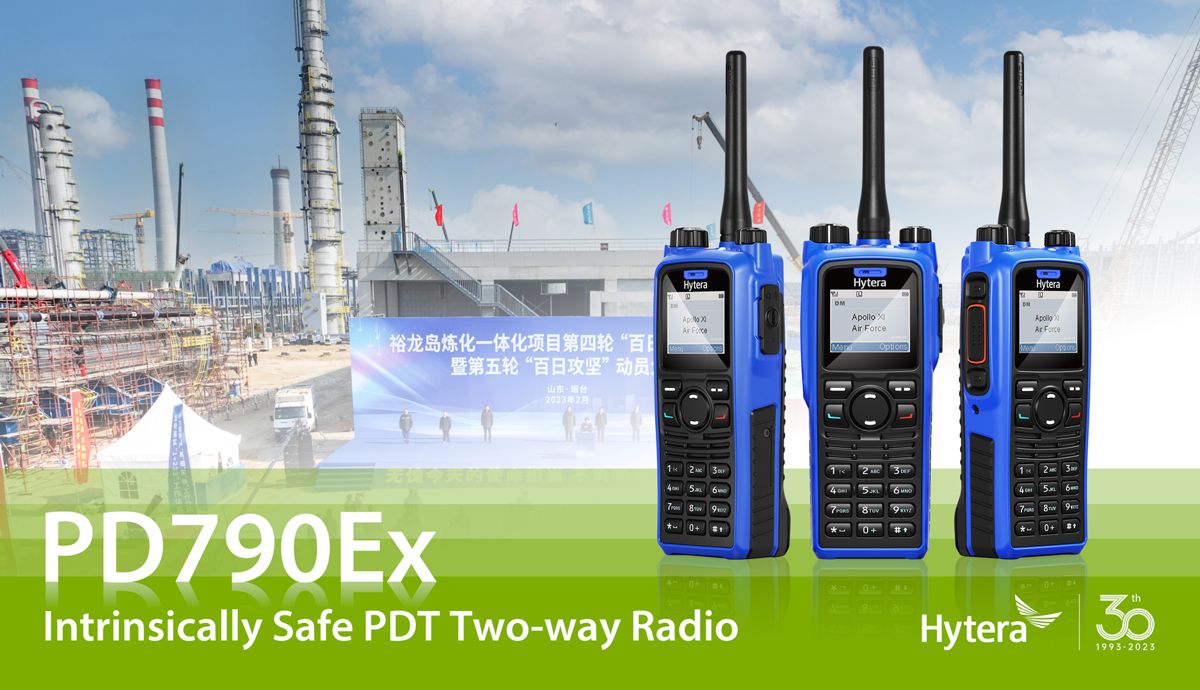Technology will evolve the Parking Industry
With the pace of change in technology and the hype surrounding the arrival of autonomous cars, the parking industry needs to look at the likely developments in the parking sector and need to be thinking of how to maintain a positive parking experience for all.
The first step is to deploy the parking technology that is available now, which won’t be obsolete any time soon and by not doing so risks missing out on parking revenue and use of the facility by connected vehicles.
Connected vehicles need connected car parks
Connected cars are already here! A connected car has internet access that allows it to communicate with other information services, for example the car will notify the emergency services if it is involved in a collision. Connected vehicles make journeys ever easier for the driver. They can plan the best route all the way from automatically diverting around traffic, to finding the best parking space at the destination. To do this they rely on data.
This data can come from other connected cars, but they also need smart parking technology to establish where non-connected cars are parked. If your car park isn’t providing this data that these connected cars can access, they won’t see the car park – risking losing revenue and reducing visitor numbers.
The connected vehicle market is projected to see 270% growth by 2022. This growth will likely force the issue of parking occupancy monitoring. Connected vehicles guiding drivers to the best available space solve the issue of finding the space, but can’t increase a car parks capacity. This is something promised by automated parking, a likely precursor to autonomous vehicles.
Automated Valet Parking is on its way
Automated valet parking (AVP) is where drivers arrive at a drop-off point and the vehicle autonomously drives away to park. Members of the public will be able to trial this at the Mercedes-Benz museum in Stuttgart, Germany later this year. Visitors will be able to reserve a Mercedes-Benz car to travel to the museum and leave it in the drop off zone. The car park will then handle the parking using sensors and cameras to move the into a parking space.
A car park operating such a system can accommodate up to 62% more cars than a conventional parking area, according to research from the University of Toronto. The obvious reason for this gain is that drivers don’t need to be able to get out of their cars, so less space is needed either side of the vehicle. The less obvious gain comes from a reduction in the space needed between rows as multiple cars can be instructed to move out of the way to let a car out.
Such systems are likely to become commonplace far sooner than self-driving cars on the road as the vehicles are operating in a controlled environment at low speeds, which minimises the concerns around safety and issues.
Self-driving cars won’t completely solve parking stress
Ultimately, self-driving cars will be come about, unfortunately, there is no clear indication of when this is likely to happen. While you can already buy a vehicle with an autopilot system that will handle many driving tasks, you still need to be in the driving seat and able to take back control, instantly. These vehicles also come with a very high price point. At Clearview Intelligence they believe it will be decades before self-driving cars become common place.
When they do, they will still need somewhere to park. These car parks will be able to fit cars in more tightly as with AVP, but the vehicle will still need to know where the car park is and where there is a space. It’s been suggested that self-driving cars might operate on a lift-share model, picking up other passengers rather than parking. But, as long as people continue to work largely the same hours on largely the same days there is going to be a need for car parks for the times outside of rush hour.
What should Car Park Operators do now?
Car park operators need to be ready to respond to the growth in connected cars. If the car park generates revenue, the need to respond sooner is critical, so that you don’t miss out on drivers who expect their connected car to recommend the space.
For car parks with people unable to find the available spaces, leading to stress and frustration, now is the time to resolve these issues. Monitoring the car park use, allows you to share occupancy information with users and gives you the data to feed into parking apps and connected systems as and when.




